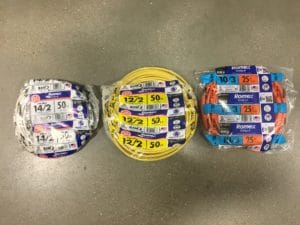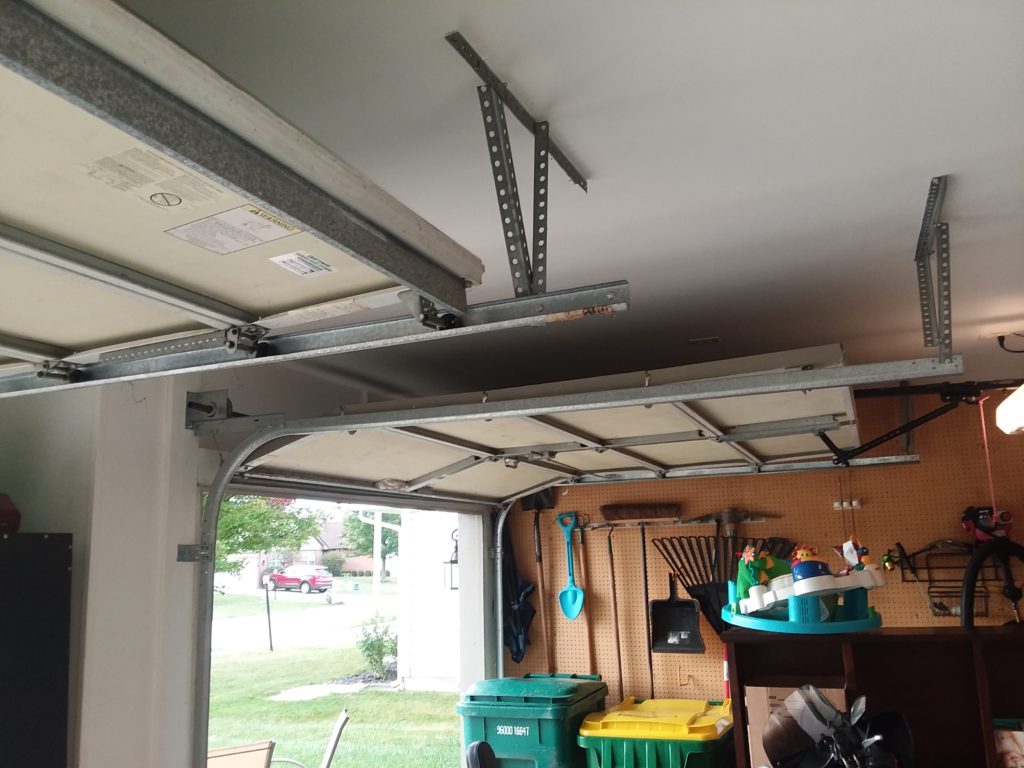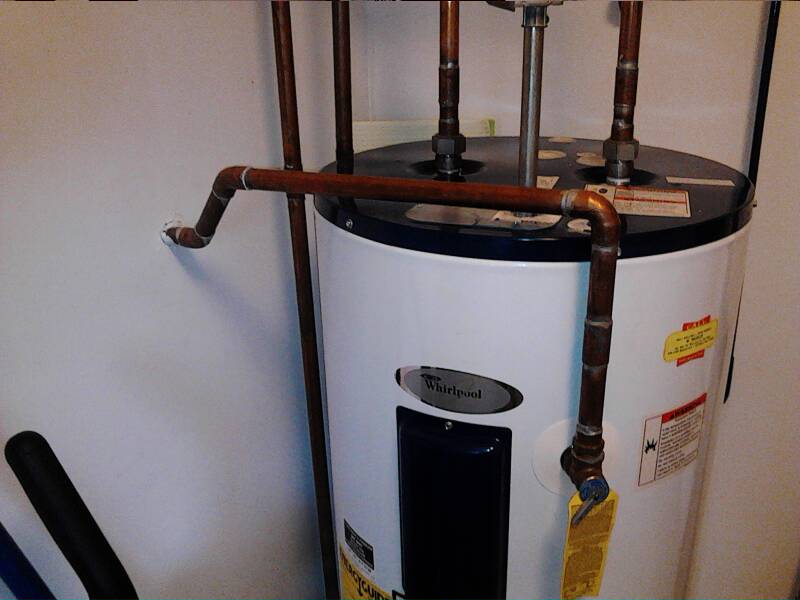It is very important that the correct size wire is used for the application. Wire size must be matched to the load and the breaker or fuse it will be connected to. The use of wiring that is too light for the load, a breaker or fuse that has a higher amperage rating than the connected wire, or a connected appliance or sub panel that is too large for the wiring are the main causes of electrical fires.
Wiring used outside
Must be sunlight resistant outdoor wiring if above ground (will be printed on the wire)
Underground must be a type approved for burial (gray color)
The use of indoor wire outside is prohibited due to the fact that it deteriorates and becomes dangerous.
Wiring size is measured by gauge. The lower the number of the gauge the heavier the wire. The heavier the wire the more current it can carry.
Common Usage – Breaker / Fuse size
| Appliance | Amps |
|---|---|
| Lighting circuits | 15 |
| Receptacles | 20 |
| Stove / Oven | 30 |
| Water Heater | 30 |
| Clothes Dryer | 30 |
| Air Conditioning | 40 |
| Heat Pump | 40 |
| Electric Furnace | 60 |
| Hot Tub | 50 |
*Check the rating on the appliance tag.
Wire type: Romex wire – Non metallic sheathed cable
Wiring is now color coded (up to 2012 approx you might have still seen the whitish colored insulation on all wire sizes)

Yellow Wire 12 Gauge
Orange Wire 10 gauge
BX – Armor clad cable, wire in a flexible metal sleeve.
Size explained:
12/2 wire – 12 gauge, two wires & ground.
12/3 wire – 12 gauge, three wires & ground.
Colors explained:
Hot / Positive wire – Black or Red
Neutral wire – White
Ground wire – Uncovered copper
NOTE: A heavier wire may be used than the size required, a lighter gauge can never be used.
Extension cord wire, lamp wire or wire less than 14 gauge can not be used for any wiring.







